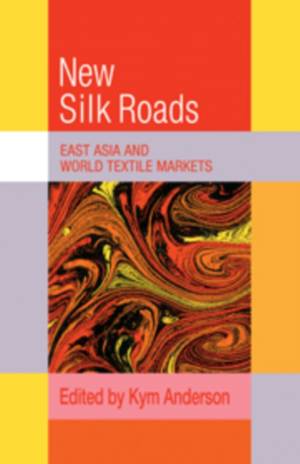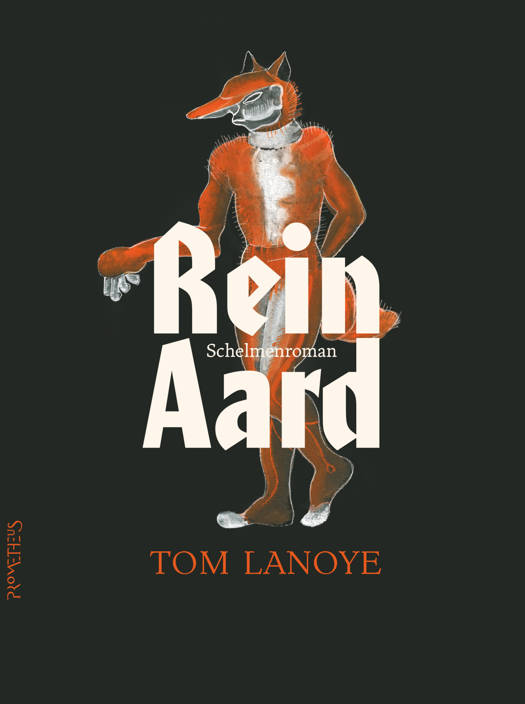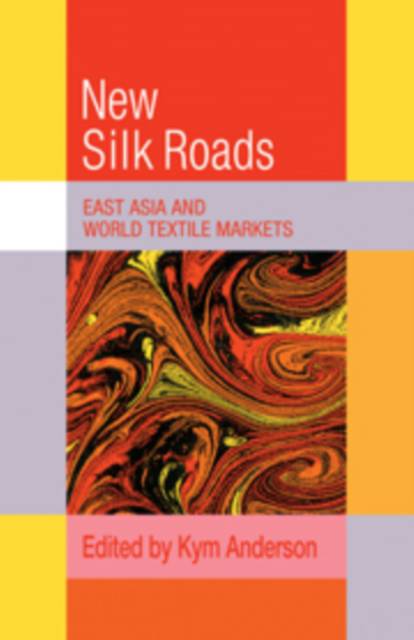
- Afhalen na 1 uur in een winkel met voorraad
- Gratis thuislevering in België vanaf € 30
- Ruim aanbod met 7 miljoen producten
- Afhalen na 1 uur in een winkel met voorraad
- Gratis thuislevering in België vanaf € 30
- Ruim aanbod met 7 miljoen producten
Zoeken
€ 200,45
+ 400 punten
Omschrijving
For centuries Asia supplied the textile factories of Europe with natural fibers, including silk from East Asia via the so-called Silk Road. Now by contrast, East Asia exports virtually no natural fibers and instead is the world's most important exporter of manufactured textile products and chief importer of fibers. The book demonstrates that despite the import barriers erected by advanced economies, textiles and clothing production continue to serve as an engine of growth for developing economies seeking to export their way out of poverty. The papers in this book trace the development of the changing world market, no longer dominated by Europe but rather by the new industrialized economies of Korea, Taiwan, Hong Kong and increasingly, China and Thailand. They also address the way in which advanced industrialized countries have responded to East Asia's growth and discuss the possible implications of European unification in 1992 on these markets.
Specificaties
Betrokkenen
- Uitgeverij:
Inhoud
- Aantal bladzijden:
- 274
- Taal:
- Engels
- Reeks:
Eigenschappen
- Productcode (EAN):
- 9780521392785
- Verschijningsdatum:
- 27/03/1992
- Uitvoering:
- Hardcover
- Formaat:
- Genaaid
- Afmetingen:
- 140 mm x 216 mm
- Gewicht:
- 494 g

Alleen bij Standaard Boekhandel
+ 400 punten op je klantenkaart van Standaard Boekhandel
Beoordelingen
We publiceren alleen reviews die voldoen aan de voorwaarden voor reviews. Bekijk onze voorwaarden voor reviews.










